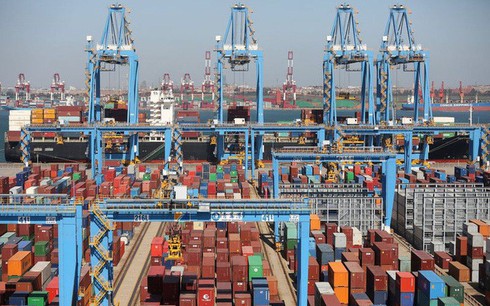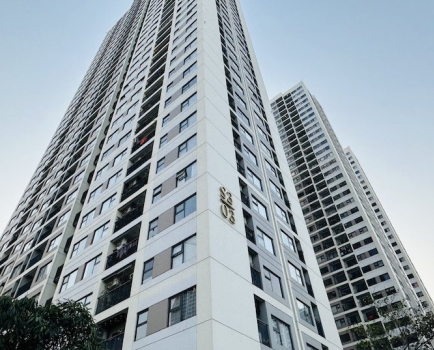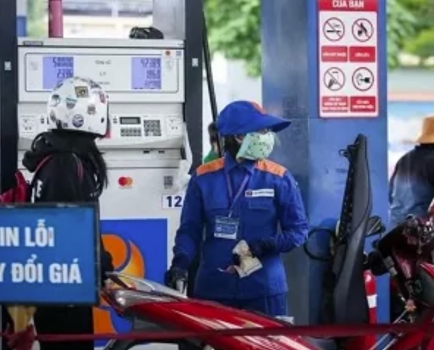Vietnamese government plans to borrow US$20 billion in 2020
Thu, 07 Nov 2019 15:26:00 | Print | Email Share:
The government’s report to the National Assembly on the 2019 public debt and 2020 budget shows that it plans to mobilize VND460 trillion worth of capital, mostly to offset the deficit and repay principal.

Deputy Prime Minister Vuong Dinh Hue told the local press that the borrowing is part of the 5-year budget plan and annual plan to repay the principal and cover the deficit.
In 2015-2016, the public debt was 64.8 percent of GDP, nearly hitting the ceiling of 65 percent set by the National Assembly, while the payment ratio exceeded the safety line (25 percent), reaching 27.6 percent of total collection of the state budget.
But now the ratio of public debt to GDP has reduced to 56.1 percent in 2019 and is set to fall to 54 percent in 2020. Meanwhile, the ratio of government’s payment to budget collection is 18 percent.
In the past, domestic debt accounted for 40 percent and foreign debt 60 percent. But now the ratio is 60/40.
“Increasing domestic borrowing helps Vietnam avoid exchange rate risks. If Vietnam borrows money in foreign currencies, it will incur bigger debts when the dong depreciates,” he explained.
Regarding capital sources, Hue said in the past, 80 percent of government bonds were sold to commercial banks and finance institutions, but the figure has been cut by half.
Currently, capital is mobilized from insurers and investment funds that offer longer term loans and more attractive interest rates.
In 2018, for example, the government bond’s average term was 13.6 years, or four times longer than three years before. Meanwhile, the bond interest rates have decreased significantly in recent years, from 12 percent in 2011-2013 to 5 percent in 2017-2019.
As for borrowing VND460 trillion, Do Van Sinh, member of the National Assembly’s Economics Committee, said the borrowed money must be used effectively to contribute to GDP growth.
He mentioned the slow disbursement rate of public investment capital as a bottleneck which lowers capital use efficiency.
A government report said that VND192.130 trillion had been disbursed by the end of September, which means only 45 percent of the plan had been implemented.
Public investments account for 11 percent of GDP value and 32 percent of the society’s total investment in 2019. “Capital is an important factor for growth, therefore, the slow disbursement will have direct impact on the economic growth rate,” Sinh said.
Head of the HCM City Institute for Development Studies Tran Hoang Ngan said the government needs to control expenditures more tightly to reduce the budget deficit. Once the government’s borrowing decreases, the interest rate will also decrease.
By: Vietnamnet/VOV
Source: https://english.vov.vn/economy/vietnamese-government-plans-to-borrow-us20-billion-in-2020-405834.vov
---------------------------------------------
Same category News :













